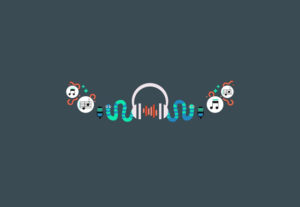This just in: 82% of people would not buy a car without radio. And now 75% of new cars have connectivity to internet radio via mobile phones. Newer cars are coming out with more and more options for streaming music.
Internet Radio
And when drivers are home, smart speakers like Alexa and Amazon Echo are also changing how we listen to music. People are shouting, “Alexa, play the Bee Gees!” down the hall more than ever before. Internet radio data is even being heavily factored into the results of the Billboard Top 100—which in turn has an effect on which songs get airplay on traditional broadcast.
But let’s get back to cars. WorldDAB Automotive Working Group recently compiled consumer research in five countries, focused on making internet radio interfaces in vehicles as effective and user friendly as possible. Broadcasters and car manufacturers came together to find out what exactly consumers wanted in their internet radio experience. Some of the most important factors included easy access, ability to pre-set stations, and to have the internet radio already set up and ready to jam out.
The Effect of Internet Radio on Broadcast Radio
So, does this mean internet radio will cause the inevitable and looming death of traditional broadcast radio in the near future? Nah. Did the invention of the internet destroy print? Newspapers? Magazines? Did email kill off direct mail marketing? Each medium has its own unique audience. Advertising on local radio vs. internet radio really just depends on your product and target—but both forms continue to thrive, with nearly 93% of Americans tuning in to traditional broadcast each week (Nielsen, 2017). That’s higher reach than TV, computers, and mobile devices. So now that that’s settled, there’s only one internet radio battle to call: Team Pandora or Team Spotify?


